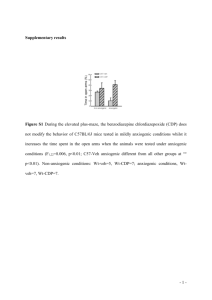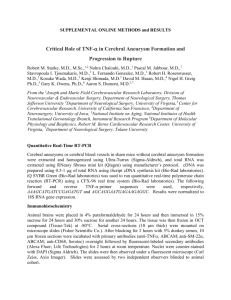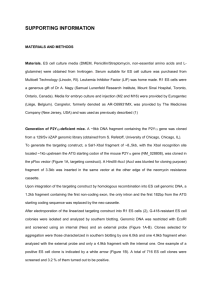Table 1. Phenotype of miR122 knock-out mice and effect of miR122
advertisement
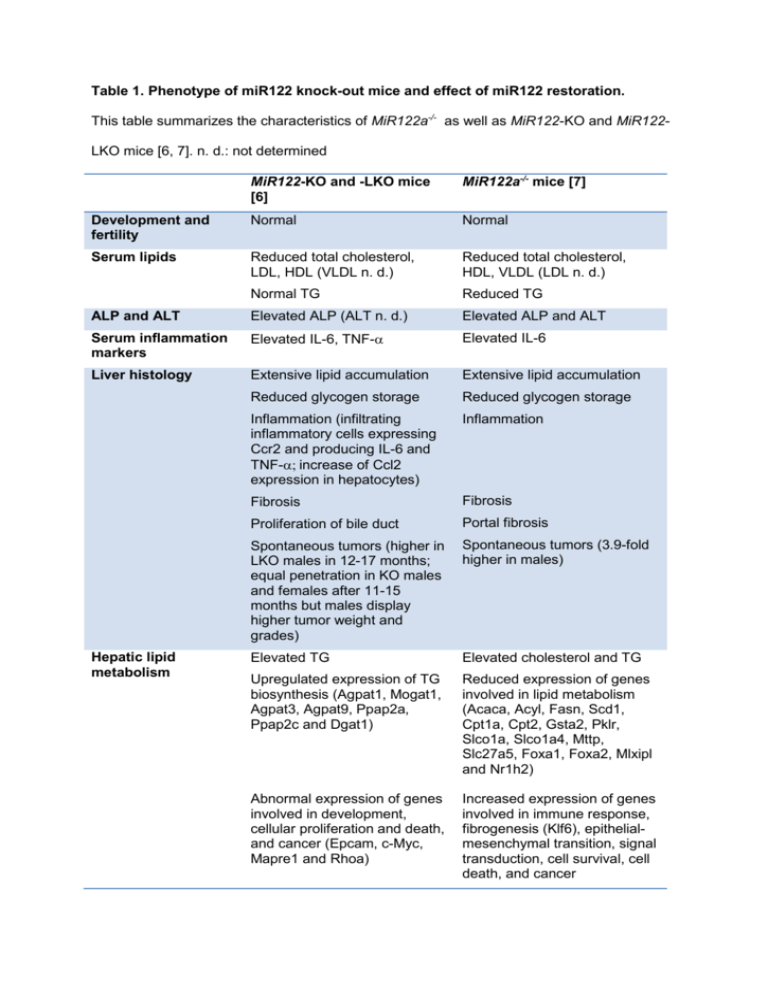
Table 1. Phenotype of miR122 knock-out mice and effect of miR122 restoration. This table summarizes the characteristics of MiR122a-/- as well as MiR122-KO and MiR122LKO mice [6, 7]. n. d.: not determined MiR122-KO and -LKO mice [6] MiR122a-/- mice [7] Development and fertility Normal Normal Serum lipids Reduced total cholesterol, LDL, HDL (VLDL n. d.) Reduced total cholesterol, HDL, VLDL (LDL n. d.) Normal TG Reduced TG ALP and ALT Elevated ALP (ALT n. d.) Elevated ALP and ALT Serum inflammation markers Elevated IL-6, TNF- Elevated IL-6 Liver histology Extensive lipid accumulation Extensive lipid accumulation Reduced glycogen storage Reduced glycogen storage Inflammation (infiltrating inflammatory cells expressing Ccr2 and producing IL-6 and TNF-increase of Ccl2 expression in hepatocytes) Inflammation Fibrosis Fibrosis Proliferation of bile duct Portal fibrosis Spontaneous tumors (higher in LKO males in 12-17 months; equal penetration in KO males and females after 11-15 months but males display higher tumor weight and grades) Spontaneous tumors (3.9-fold higher in males) Elevated TG Elevated cholesterol and TG Upregulated expression of TG biosynthesis (Agpat1, Mogat1, Agpat3, Agpat9, Ppap2a, Ppap2c and Dgat1) Reduced expression of genes involved in lipid metabolism (Acaca, Acyl, Fasn, Scd1, Cpt1a, Cpt2, Gsta2, Pklr, Slco1a, Slco1a4, Mttp, Slc27a5, Foxa1, Foxa2, Mlxipl and Nr1h2) Abnormal expression of genes involved in development, cellular proliferation and death, and cancer (Epcam, c-Myc, Mapre1 and Rhoa) Increased expression of genes involved in immune response, fibrogenesis (Klf6), epithelialmesenchymal transition, signal transduction, cell survival, cell death, and cancer Hepatic lipid metabolism Rescue of liver pathology and serum lipids n. d. Restoration of MTTP or miR122 expression by hydrodynamic injection Prevention of HCC Restoration of liver miR-122 expression by adenoviral delivery in 11-week-old mice Restoration of miR-122 expression in 3-month-old mice by hydrodynamic injection

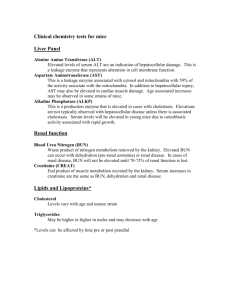
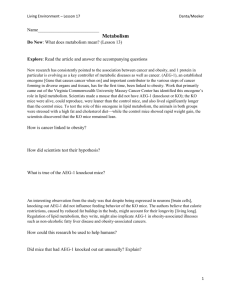
![Historical_politcal_background_(intro)[1]](http://s2.studylib.net/store/data/005222460_1-479b8dcb7799e13bea2e28f4fa4bf82a-300x300.png)

